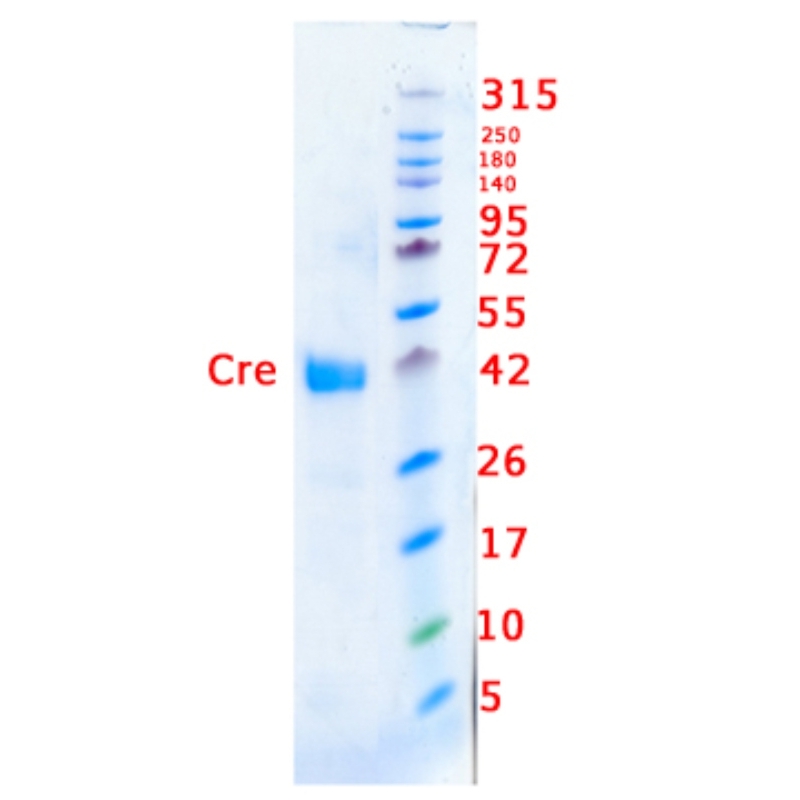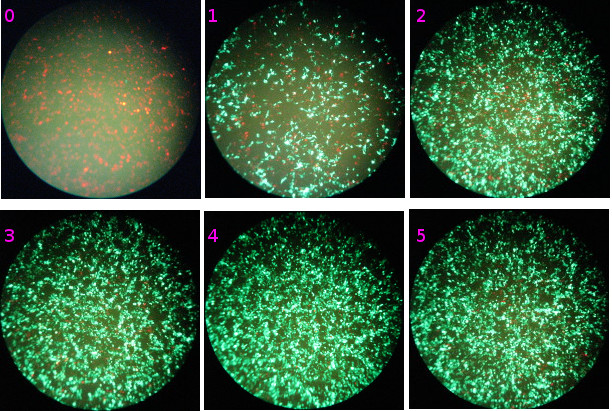
Cre Recombinase RP-7, TAT-Cre (Tat-NLS-Cre, HTNC, HTNCre)
Reference: EG1001-RP7
Cre recombinase, often abbreviated to Cre, is a Type I topoisomerase from P1 bacteriophage that catalyzes site-specific recombination of DNA between loxP sites. This enzyme does not require any energy cofactors, and Cre-mediated recombination quickly reaches equilibrium between substrate and reaction products.
Applications :
- In vitro LoxP recombination for subcloning or vector/clone engineering
- Transduction into cultured cells including stem cells ex vivo
